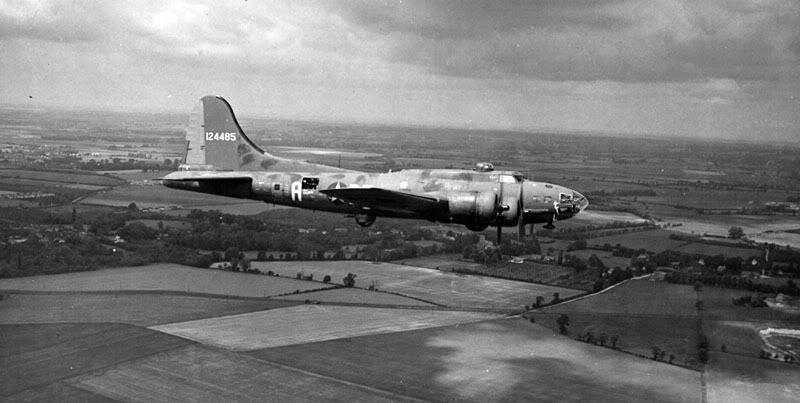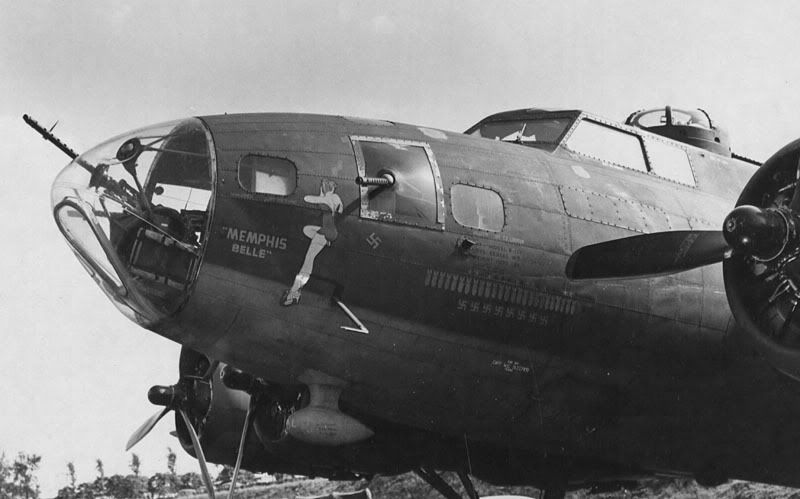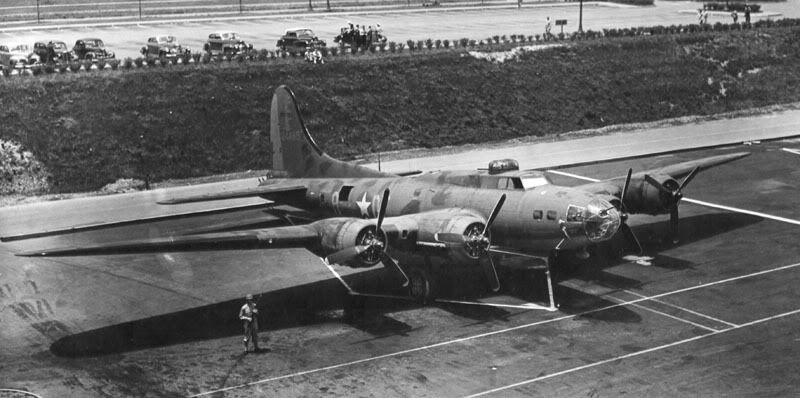The Memphis Belle, a B-17F Flying Fortress, is one of the most famous aircraft in history. In May 1943 it became the first U.S. Army Air Forces heavy bomber to complete 25 missions over Europe and return to the United States. The pilot, then-Lt. Robert Morgan, named the aircraft after his wartime girlfriend, Margaret Polk, of Memphis, Tenn. Lt. Morgan chose the artwork from a 1941 George Petty illustration in Esquire magazine.

The Memphis Belle
Flying in the 324th Bomb Squadron of the 91st Bomb Group (Heavy), the Memphis Belle and its crew of 10 flew their first combat mission on Nov. 7, 1942. Until the arrival of long-range fighters later in the war, USAAF heavy bombers often flew without escort for part of their missions. Faced with hordes of enemy aircraft, deadly antiaircraft fire and the lack of friendly fighters in the target area, it was highly unlikely that a bomber crew would finish their required 25 missions.

The Memphis Belle
The crew of the Memphis Belle beat the odds with their 25th combat mission on May 17, 1943, against the naval yard at Lorient, France. Interestingly, this raid was the Belle's 24th combat mission--the original crew occasionally flew missions on other 91st BG (H) B-17s (and others took the Belle on some missions also). So, on May 19, the Memphis Belle flew its 25th combat mission on a strike against Kiel, Germany, while manned by a different crew.

The Memphis Belle
Upon their return to the United States in June 1943, the Memphis Belle's crew flew the aircraft across the country on a three-month war bond and morale boosting tour. With the bond tour and the 1944 William Wyler documentary film titled The Memphis Belle -- depicting actual combat footage -- the aircraft and its crew became widely known and celebrated. In 1990 a major motion picture of the same name added to their fame.

The Memphis Belle
For many, the story of the Memphis Belle has become a timeless symbol of all the heroic USAAF bomber crews who flew against Nazi Germany in World War II. In need of a thorough restoration, the Memphis Belle arrived at the National Museum of the United States Air Force in October 2005. A careful, multi-year conservation and restoration effort by museum staff -- including corrosion treatment, the full outfitting of missing equipment and accurate markings -- will bring the Memphis Belle back to pristine condition.
TECHNICAL NOTES:
Armament: 13 .50-cal machine guns (normally only 12 on combat missions) and 8,000 lbs of bombs
Engines: Four 1,200 hp Wright R-1820-97 turbosupercharged radials
Maximum speed: 325 mph
Range: 2,800 miles
Ceiling: 37,500 ft.
Text (c)USAF National Museum.